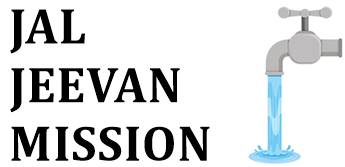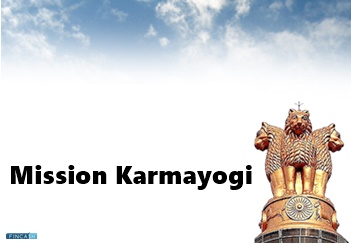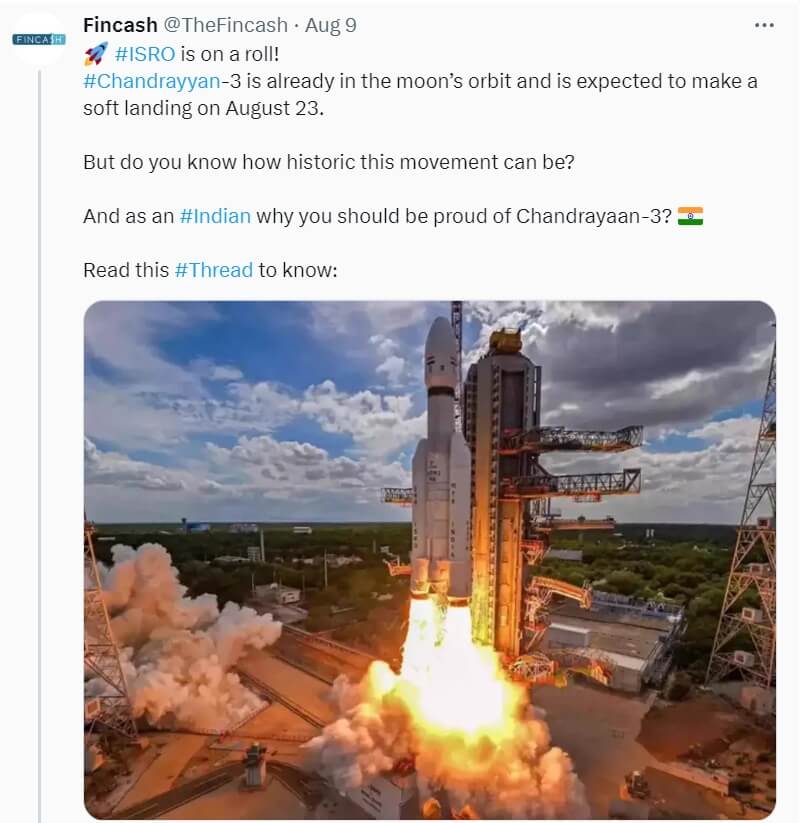
Table of Contents
Jal Jeevan Mission
The Jal Jeevan Mission scheme, officially launched on August 15, 2019, aims to supply a pure and adequate amount of drinking water to all rural Indian homes through domestic water tap connections by the end of 2024. Source sustainability measures, including recharging and reusing through greywater management, rainwater collecting, and water conservation, will be obligatory aspects of the program. With the mission's launch, 3.8 crore households will receive water supply via the total budget of 60,000 crores for the same.

PM spoke about the scheme's expansion in Union budget 2022-23, and this article contains all the necessary details regarding the Jal Jeevan Mission and the expansion plan ahead.
The Launch of the Mission
In his 2019 Independence Day speech, the Prime Minister, Narendra Modi, stated that half of the country's homes do not have piped water access. Thus, the Jal Jeevan Mission was launched with an overall budget of Rs 3.5 trillion. It was also declared that the Central and state government would work together to achieve it in the coming years.
The Jal Jeevan Mission aims to deliver clean and sufficient water to all rural Indian homes through individual household tap connections by 2024. The purpose of the mission is to start a people's movement for water, making it a top priority for everyone.
The Finance Minister, Nirmala Sitharaman, lately discussed the expansion plans of this scheme in the Union Budget 2022-23 speech. The Jal Jeevan Mission will be centred on a community-based approach to water, with essential details, education, and communications as a vital component. The Jal Jeevan Mission, a central government project under the Ministry of Jal Shakti, strives to ensure that every home in India has access to piped water.
Talk to our investment specialist
India's Drinking Water Crisis
India is in the midst of one of its most catastrophic water shortages. In the future years, 21 Indian cities could experience Day Zero, as per the NITI Aayog's Composite Water Management Index (CWMI) 2018. The term "Day Zero" refers to a day when a location is expected to run out of its drinking water. Chennai, Bengaluru, Hyderabad, and Delhi are among the most vulnerable cities in the country.
According to the survey, 75% of Indian homes do not have access to drinking water on their premises, while 84% of rural families do not have access to piped water. This piped water does not have an adequate dispersal. Megacities, such as Delhi and Mumbai, receive more than the standard water supply norm of 150 Litres Per Capita each Day (LPCD), while smaller cities receive 40-50 LPCD.
The World Health Organization (WHO) recommends 25 litres of water per person per day to cover basic hygiene and food needs.
Mission of the Jal Jeevan Mission Yojana
The mission of Jal Jeevan is to help, inspire, and enable:
- States and Union Territories (UTs) in creating a participative rural water supply strategy to ensure long-term potable drinking water security for every rural family and public institution, such as a health centre, a GP Facility, an Anganwadi centre, a school, and wellness centres, among others
- The cities to construct the water supply systems so that by 2024, every rural family will have a Functional Tap Connection (FHTC) and water in sufficient amount and of prescribed quality will be accessible on a routine Basis
- States and UTs to plan for the protection of their drinking water sources
- The villages to plan, develop, organize, own, administer, and manage their own in-village water supply infrastructure
- Any of the states and UTs to promote the utility strategy to establish strong institutions focusing on delivering services and financial stability of the sector
- The development of stakeholder capacity and raising community knowledge about the importance of water in improving quality of life
- The seamless implementation of the mission
Objective of Jal Jeevan Mission Scheme
The mission's broad objectives are as follows:
- To make FHTC available to every rural family
- Prioritize FHTC distribution in quality-affected regions, Sansad Adarsh Gram Yojana (SAGY) villages, and villages in drought-prone and desert locations, among other places
- To connect Anganwadi centres, schools, health centres, GP buildings, community structures, and wellness centres to a working water supply
- To keep track of how well tap connections are working
- To encourage and guarantee voluntary ownership among the local community through monetary, in-kind, and labour contributions, as well as volunteer labour (shramdaan)
- To help make sure that the long-term viability of the water supply system, including the water supply infrastructure, water source, and finances for routine maintenance
- To strengthen and develop human resources in the sector, plumbing, construction, water treatment, water quality management, electrical, operations and maintenance, catchment protection, and other needs are met in the short and long term
- To spread awareness about the requirement of clean drinking water and to engage stakeholders in a way that makes water everyone's business
Components under JJM Scheme
JJM Mission supports the features listed below:
- Building an in-village piped water supply system and ensuring that every rural household has access to clean drinking water
- Establishment of reliable sources of drinking water and augmentation of current citations to ensure the water supply system's long-term viability
- Bulk water transfer, distribution networks, and treatment plants are available where needed to serve every rural household
- When water quality is an issue, technological treatments to remove contaminants are used
- Retrofitting existing and completed schemes to supply FHTCs with a minimum level of service of 55 lpcd
- Management of greywater
- IEC, HRD, training, utility development, water quality labs, water quality checks & monitoring, knowledge centre, R&D, community capacity building, and so on are examples of support activities
- Any additional unforeseen challenges/issues arising as a result of natural disasters/ catastrophes that have an impact on the goal of providing FHTC to every household by 2024, as per Ministry of Finance recommendations on Flexi Funds
- Efforts must be made to obtain funding from various sources/programs, with convergence being the essential Factor
Conclusion
With the Jal Jeevan Mission, the Indian government has taken an efficient initiative to counter the water shortage in rural areas and small towns. If executed well, the scheme can solve a significant problem and can improve livelihood conditions to a great extent.
All efforts have been made to ensure the information provided here is accurate. However, no guarantees are made regarding correctness of data. Please verify with scheme information document before making any investment.








